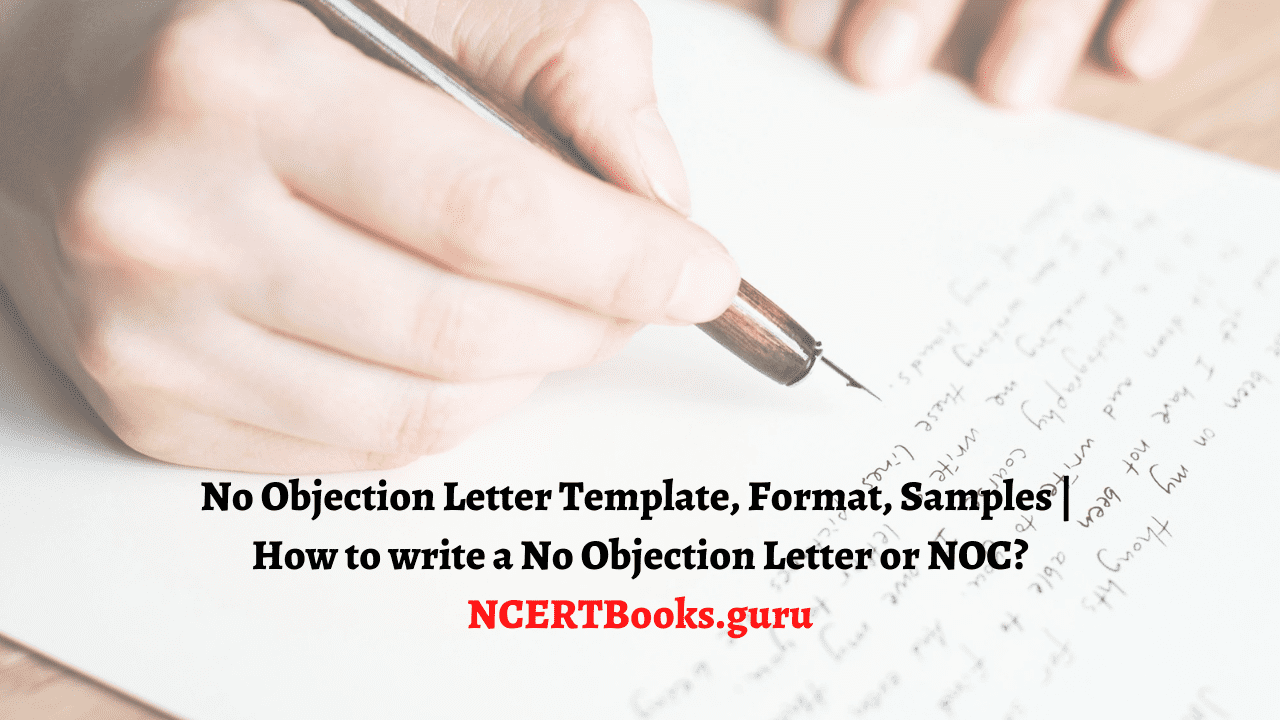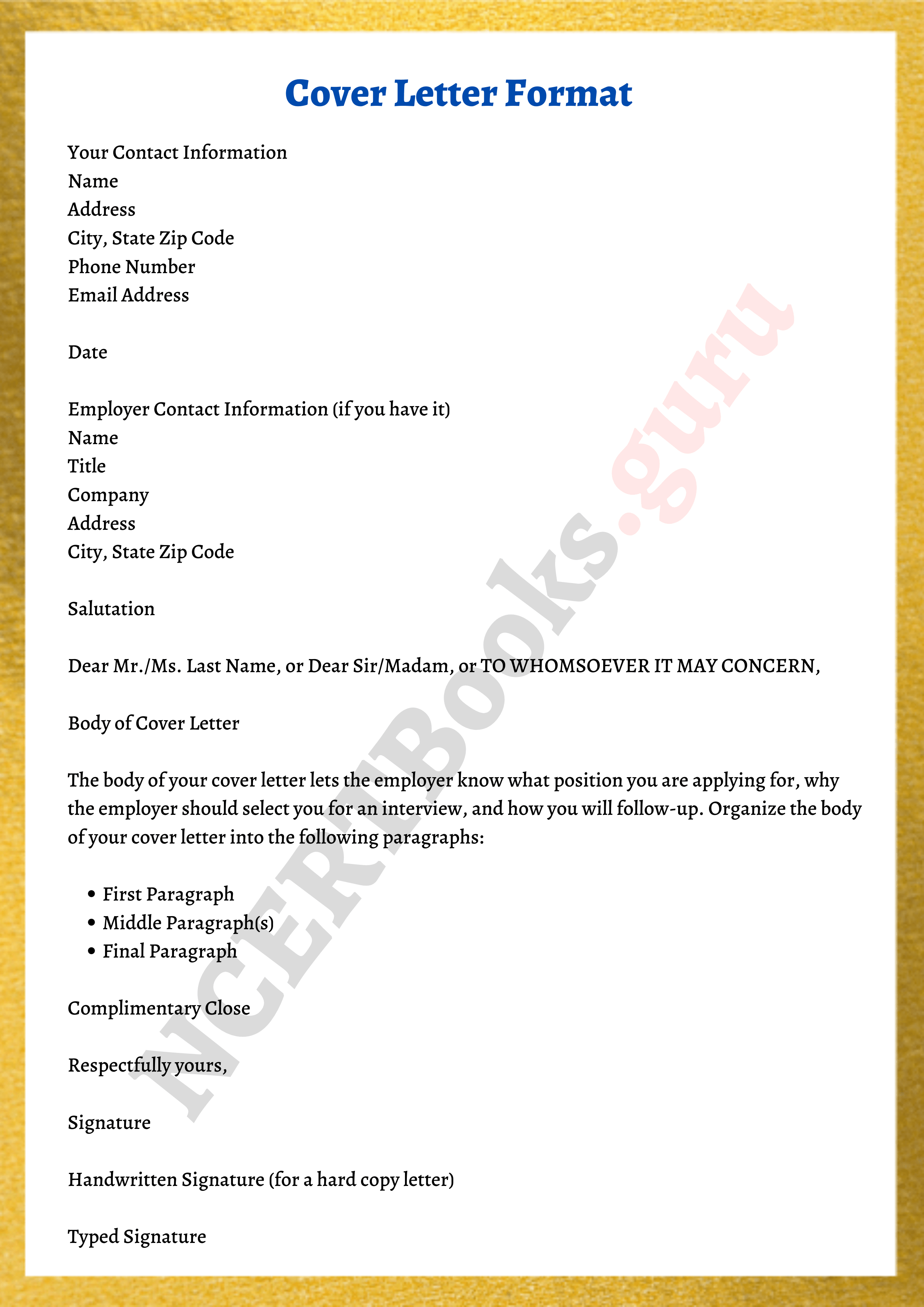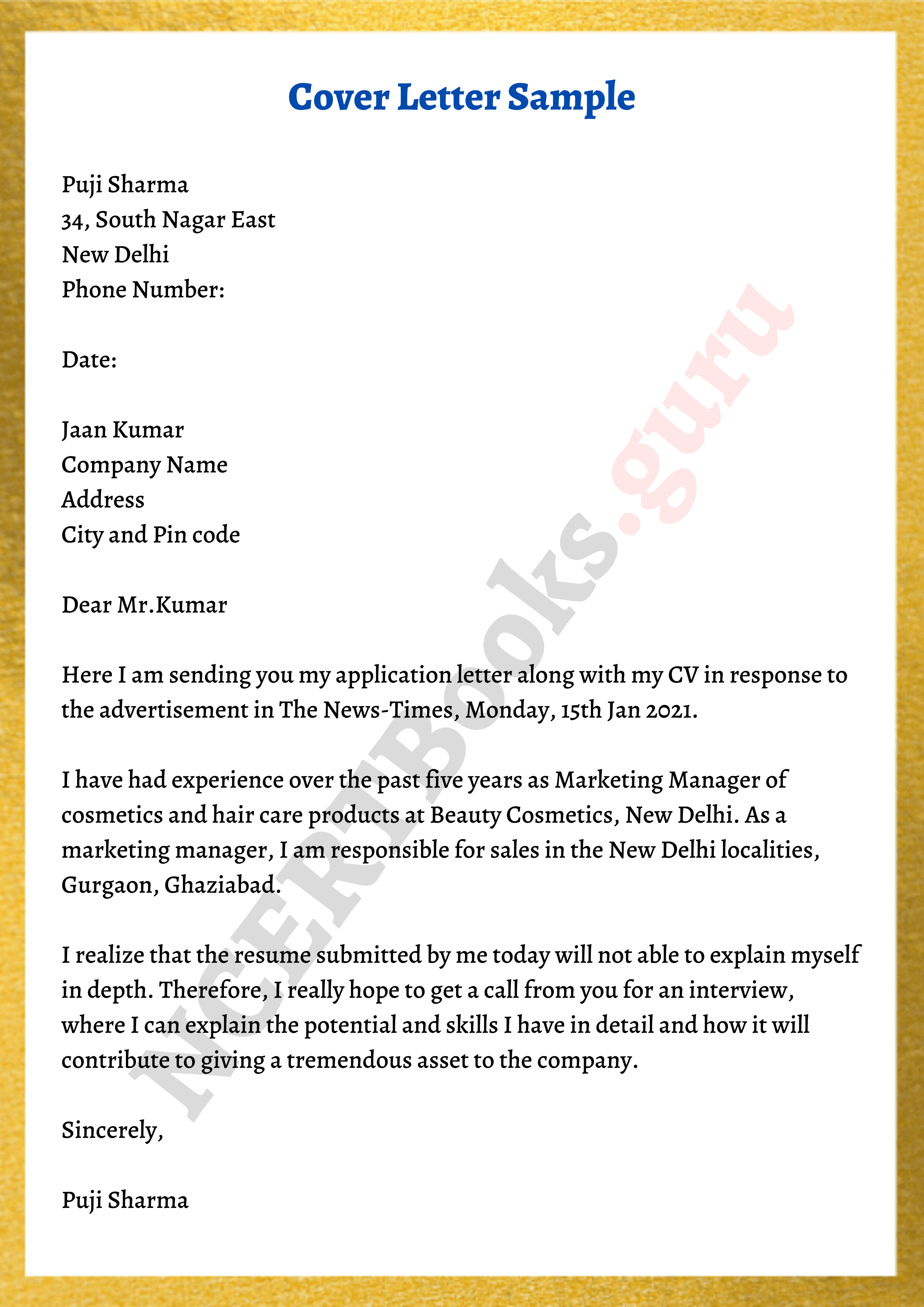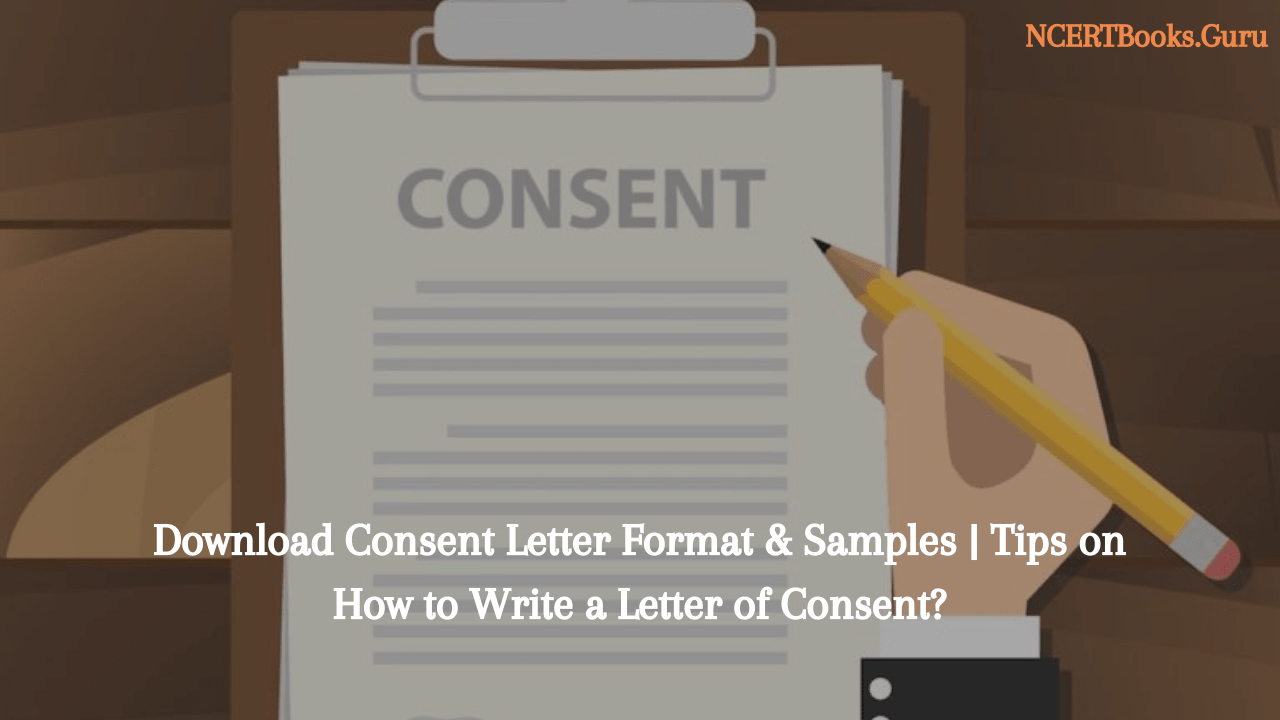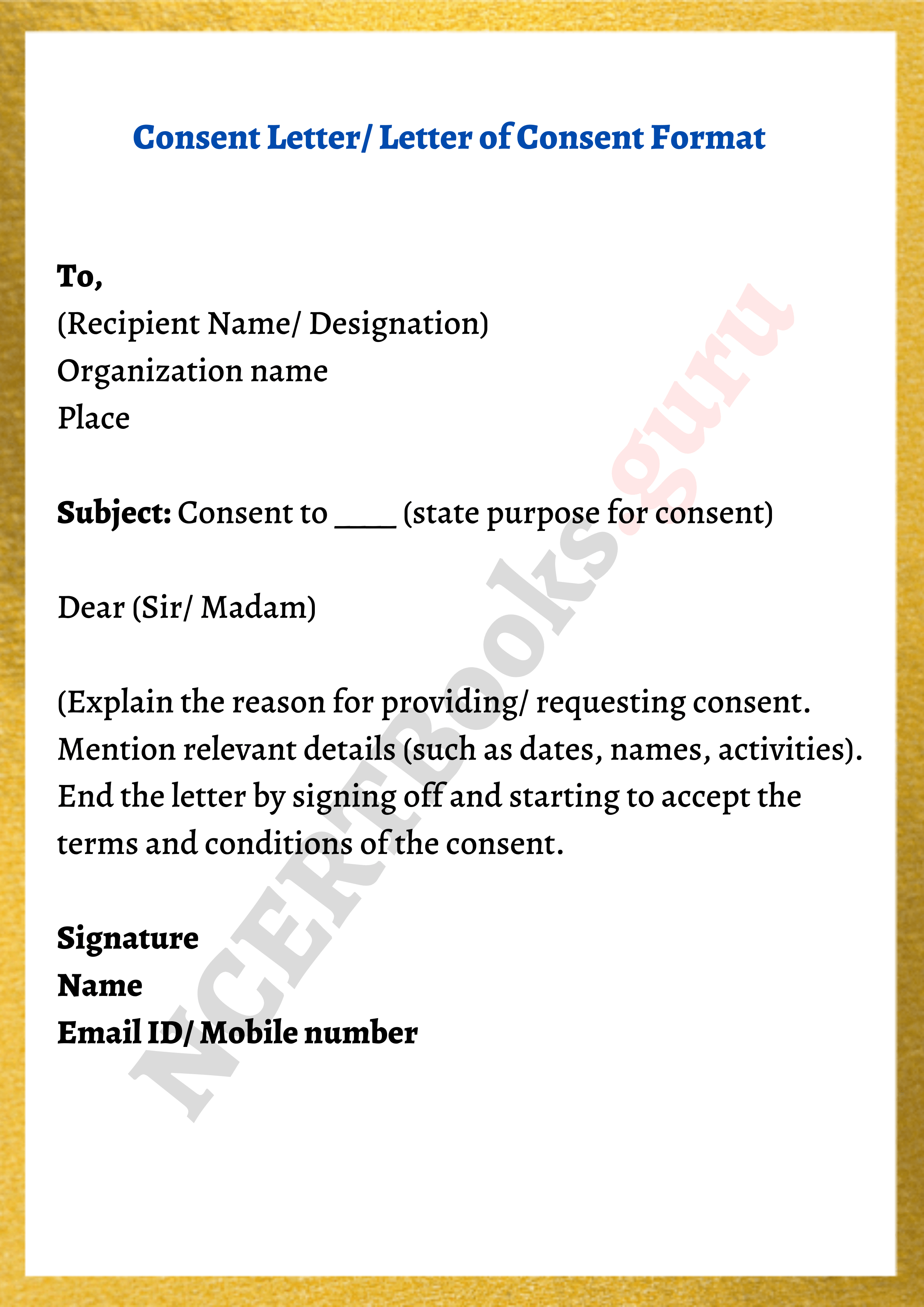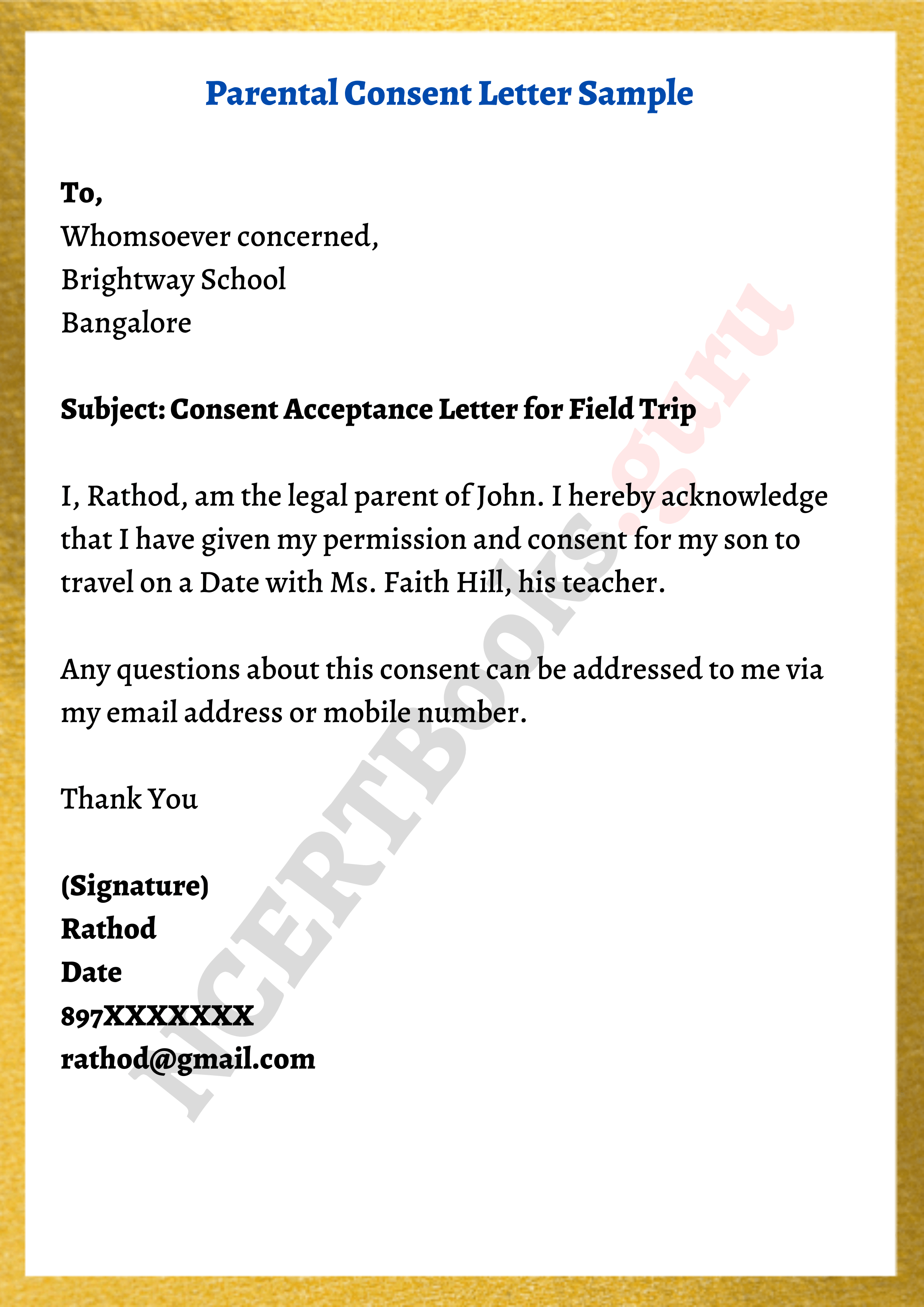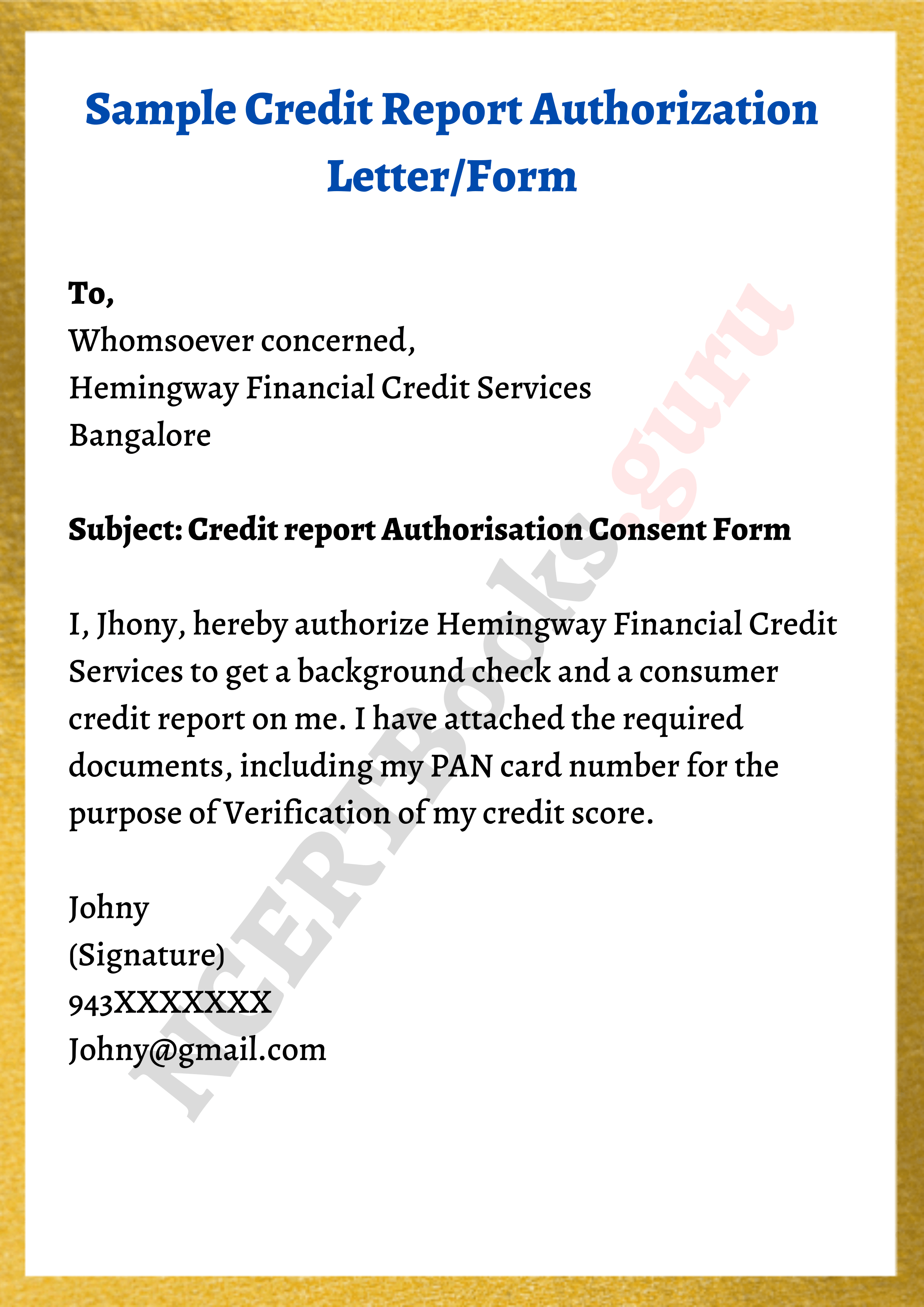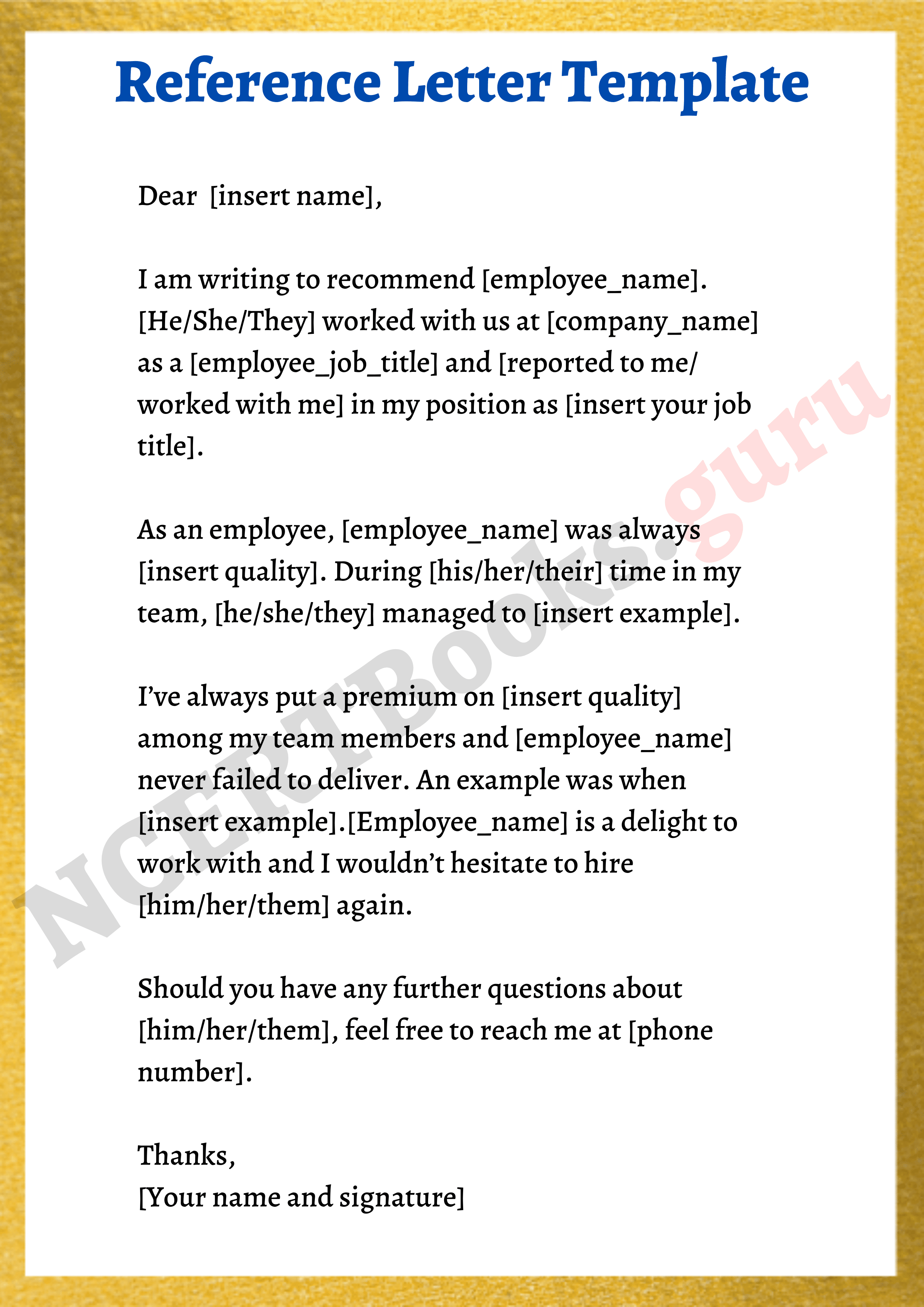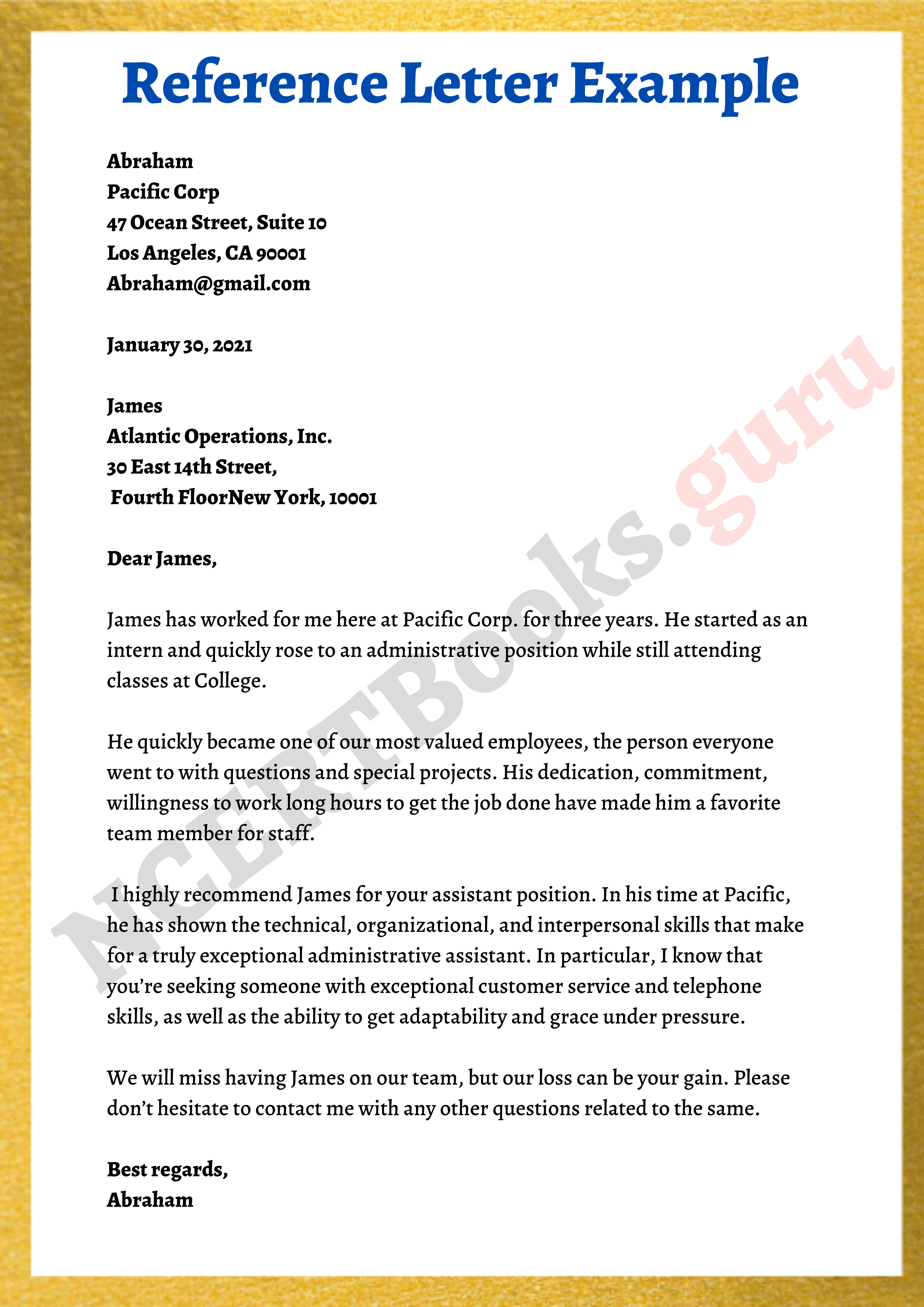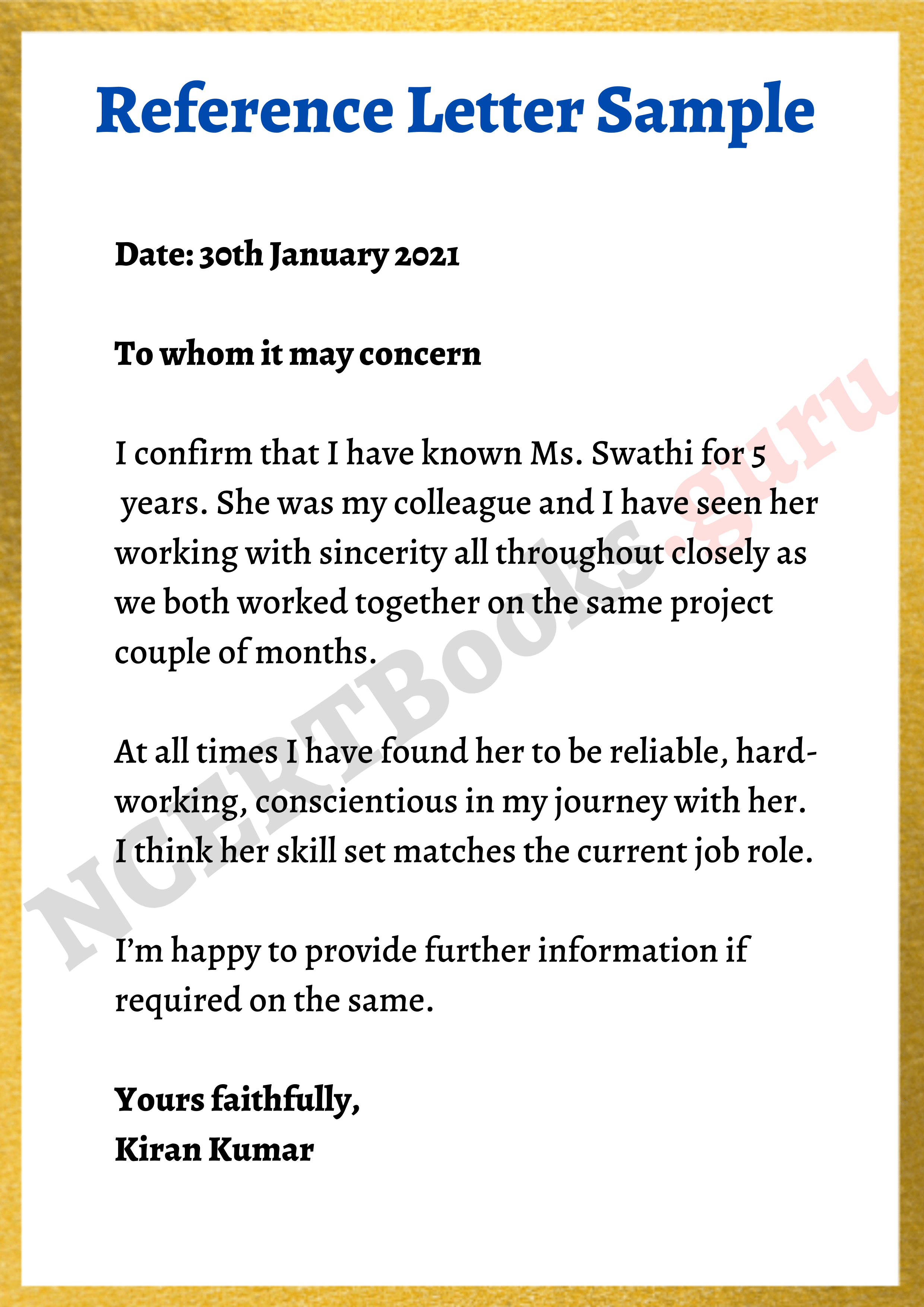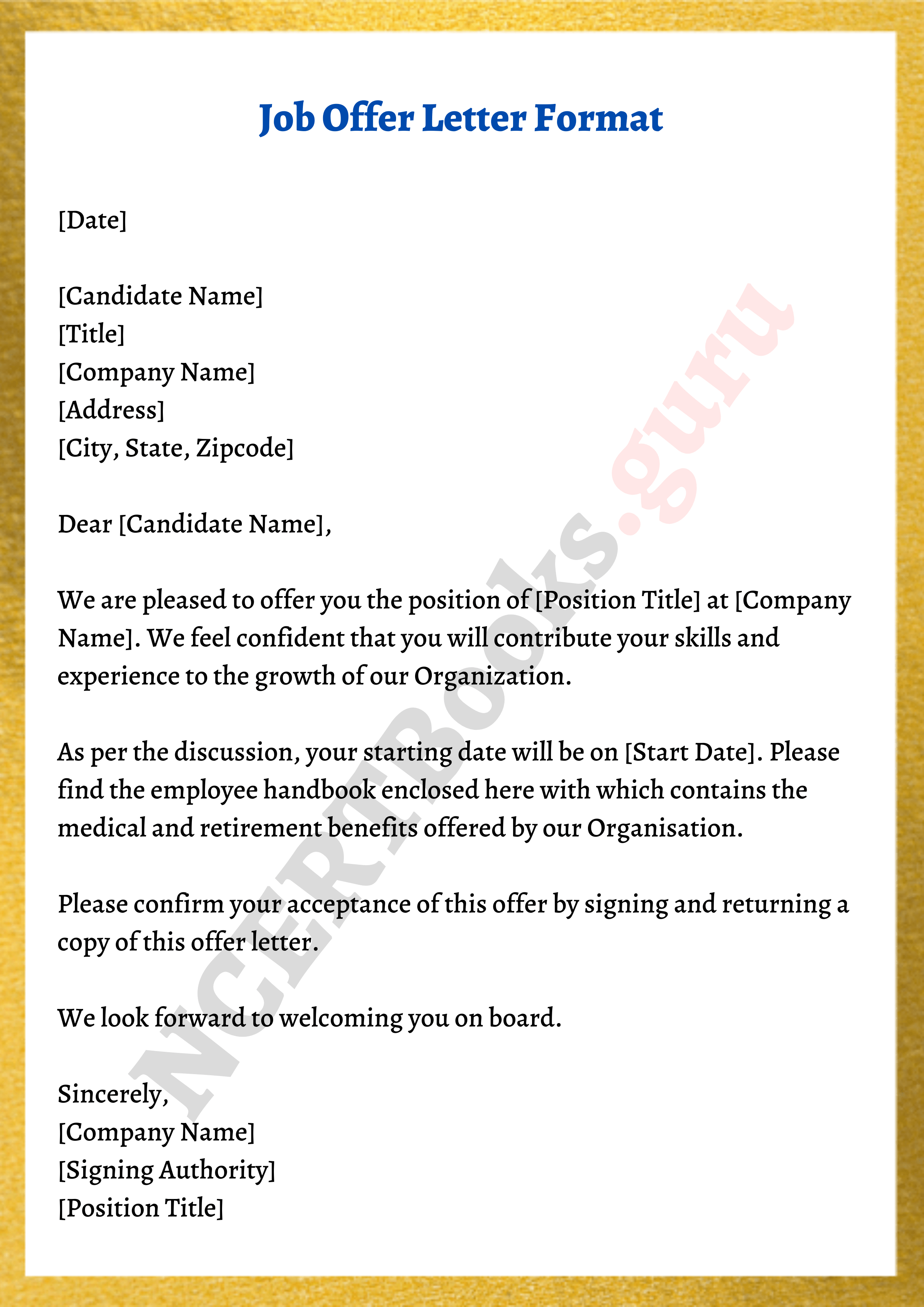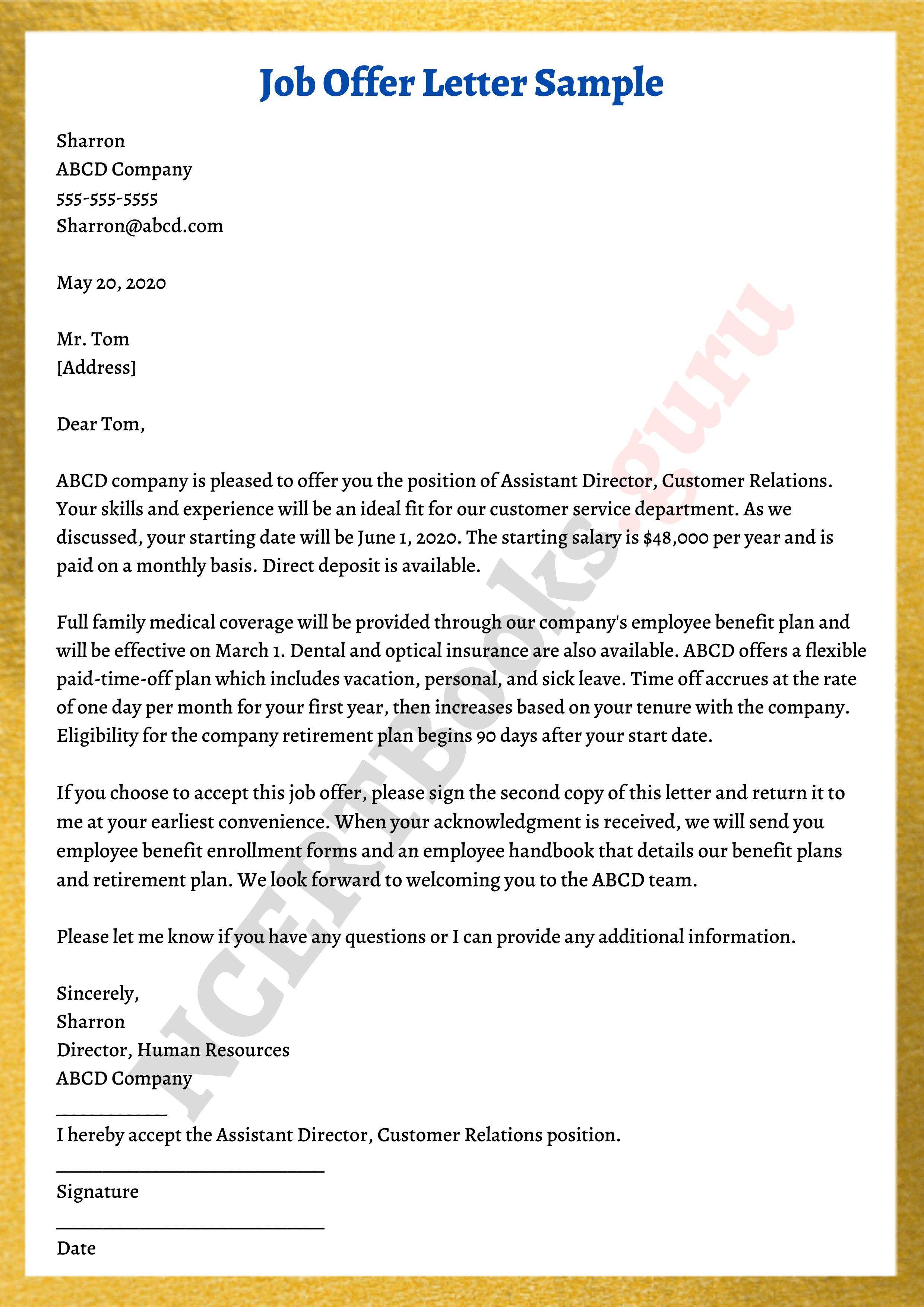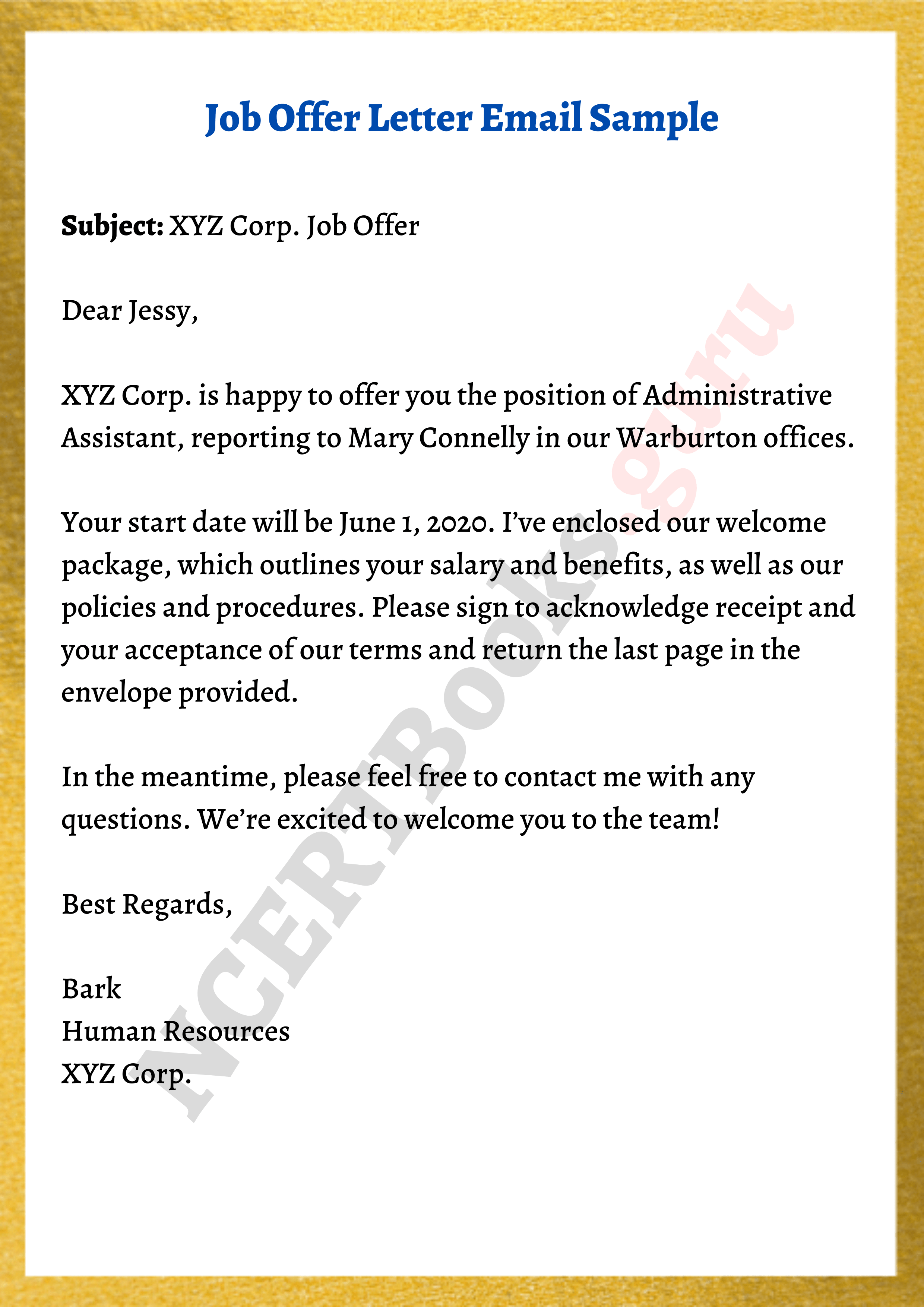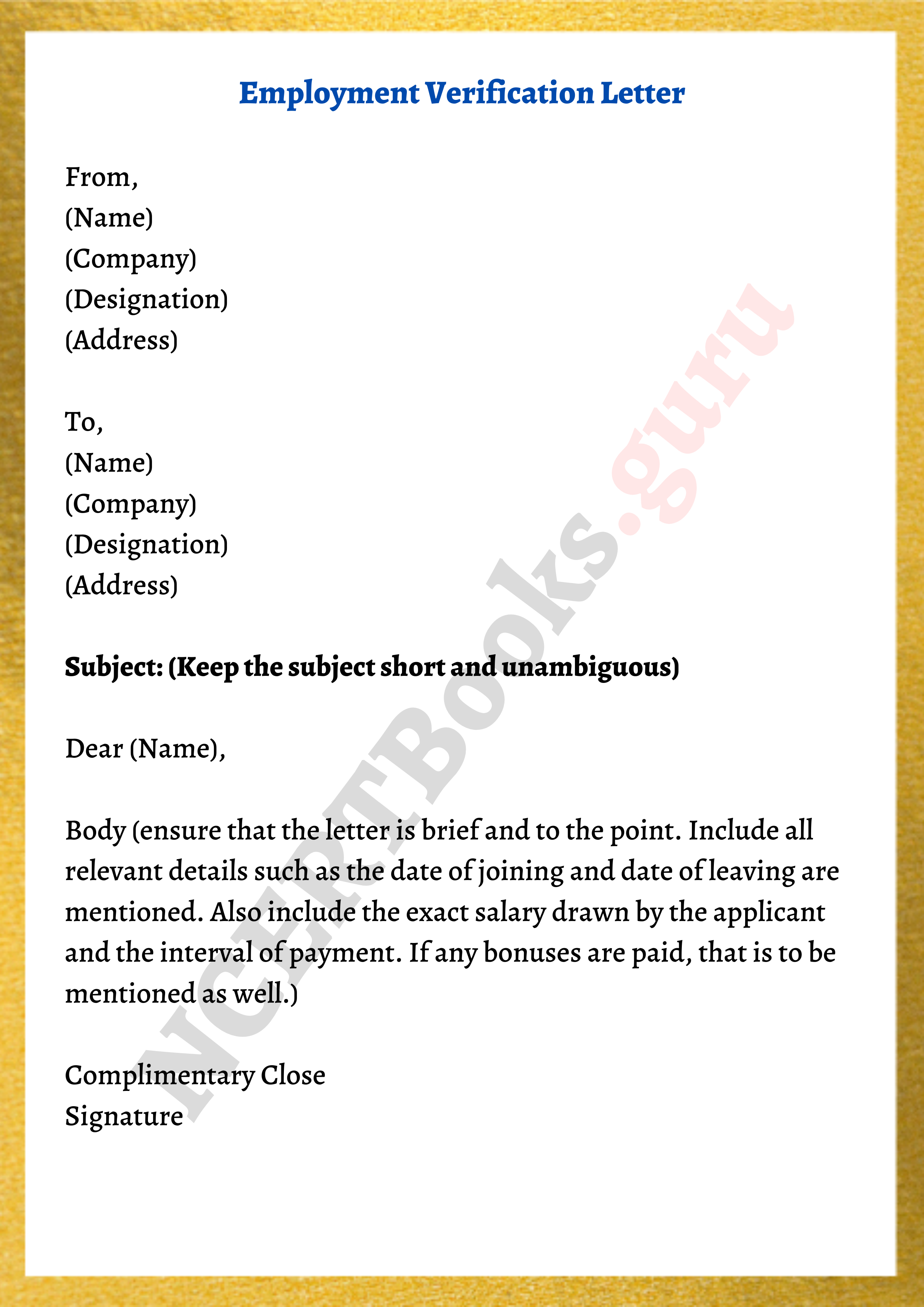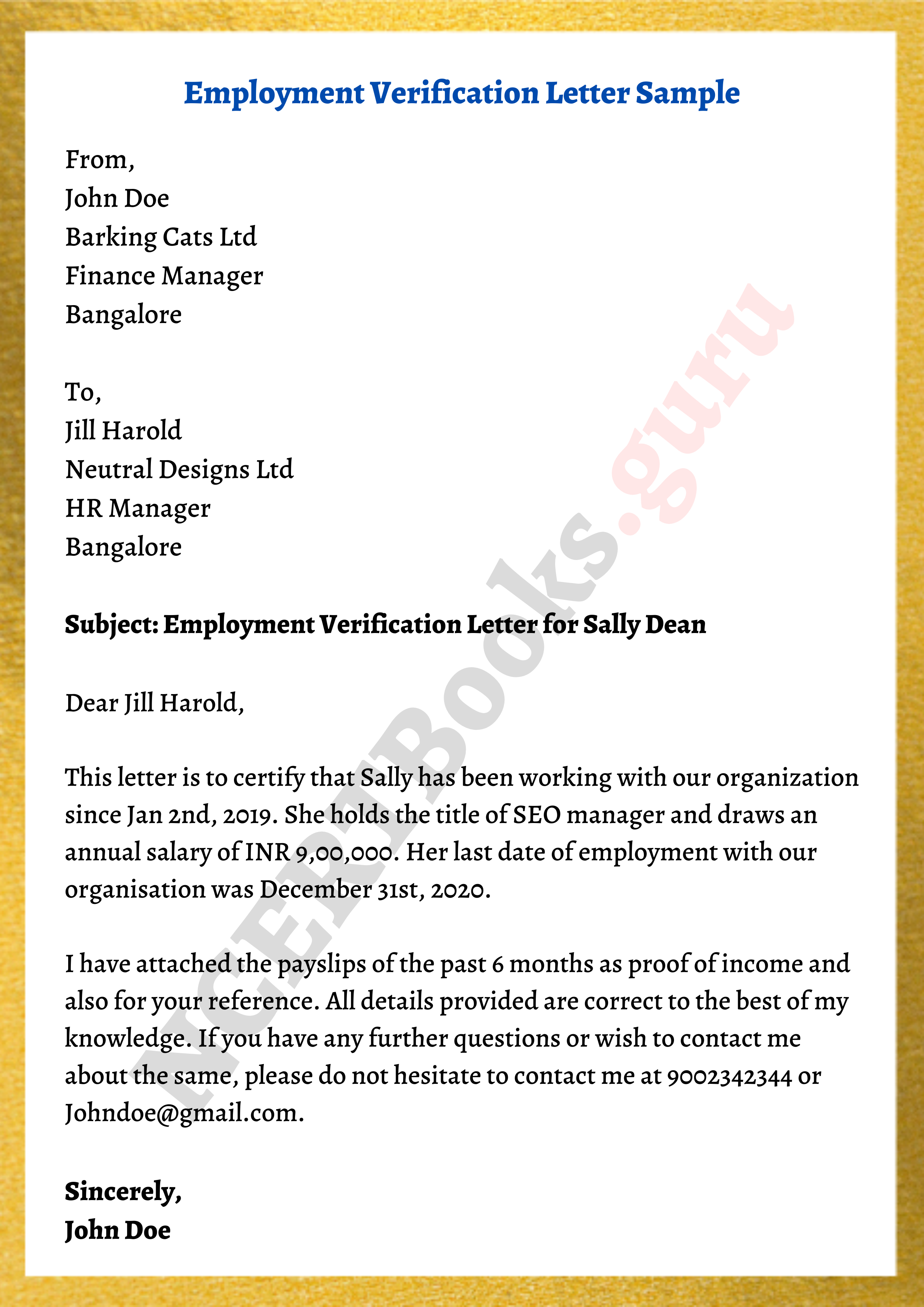No Objection Letter is a document to permit you to leave the country and return back within the specified time period. It is also known as the No Objection Certificate(NOC). It is proof that you have obligations whether it is contractual or educational in your country where you have to return back.
NOC Letter confirms whichever country you are moving in with Visa you are allowed to stay until the visa gets expired. After the Expiration of your Visa, you aren’t allowed to overstay in the country. An Employee or Student is Permitted through NOC.
Access Letter Writing Topics of various kinds be them formal or informal all under one roof and get acquainted with different letter writing styles.
What is a No Objection Letter?
A No Objection Letter is a letter from your employer or your school/university which states that you don’t have contractual obligations. The No Objection Letter is otherwise known as a No Objection Certificate or a NOC. Even though it is optional, it is a good idea for you to submit it because it will speed up your process and increase your chances of approval.
Types of No Objection Letters
There are two types of NOC Letters depending on the status as an employee or student. They are as follows
- NOC for employees
- NOC for students
NOC Format for Employee is written by the Employer on behalf of the company. The NOC format for students is written by a responsible person from the university or college which the student attends.
No Objection Letter Format | NOC Structure
Go through the below modules to know what details must be included in a simple No Objection Certificate. They are along the lines
- Date of writing the letter
- Address
- Name of employee/student
- Name of supervisor/academic adviser
- Address and contact information of supervisor/academic adviser
- A paragraph stating that the company or university has no objections to the travel
When is a NOC Issued?
Since NOC is a legal document it is issued by an employer, employee, landlord, tenant, or individual. It can be used while
- Making a trade
- Or business of any kind
- An offer
No Objection Certificate usually consists of basic details regarding both the parties involved, and it is addressed to whosoever is concerned.
No Objection Letter Samples
Sample No Object Letter for Tourist Visa
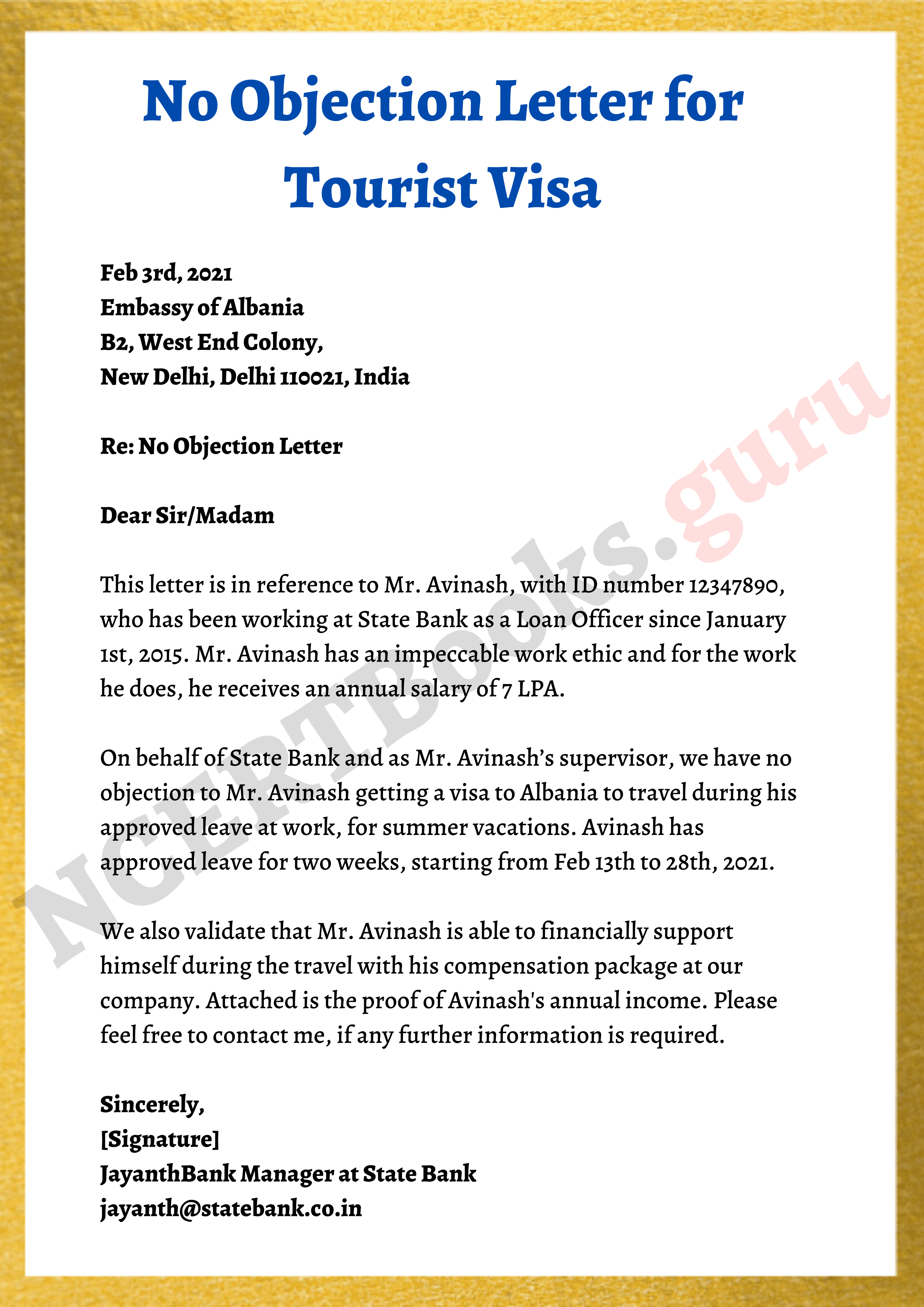
NOC Letter for Leaving Job
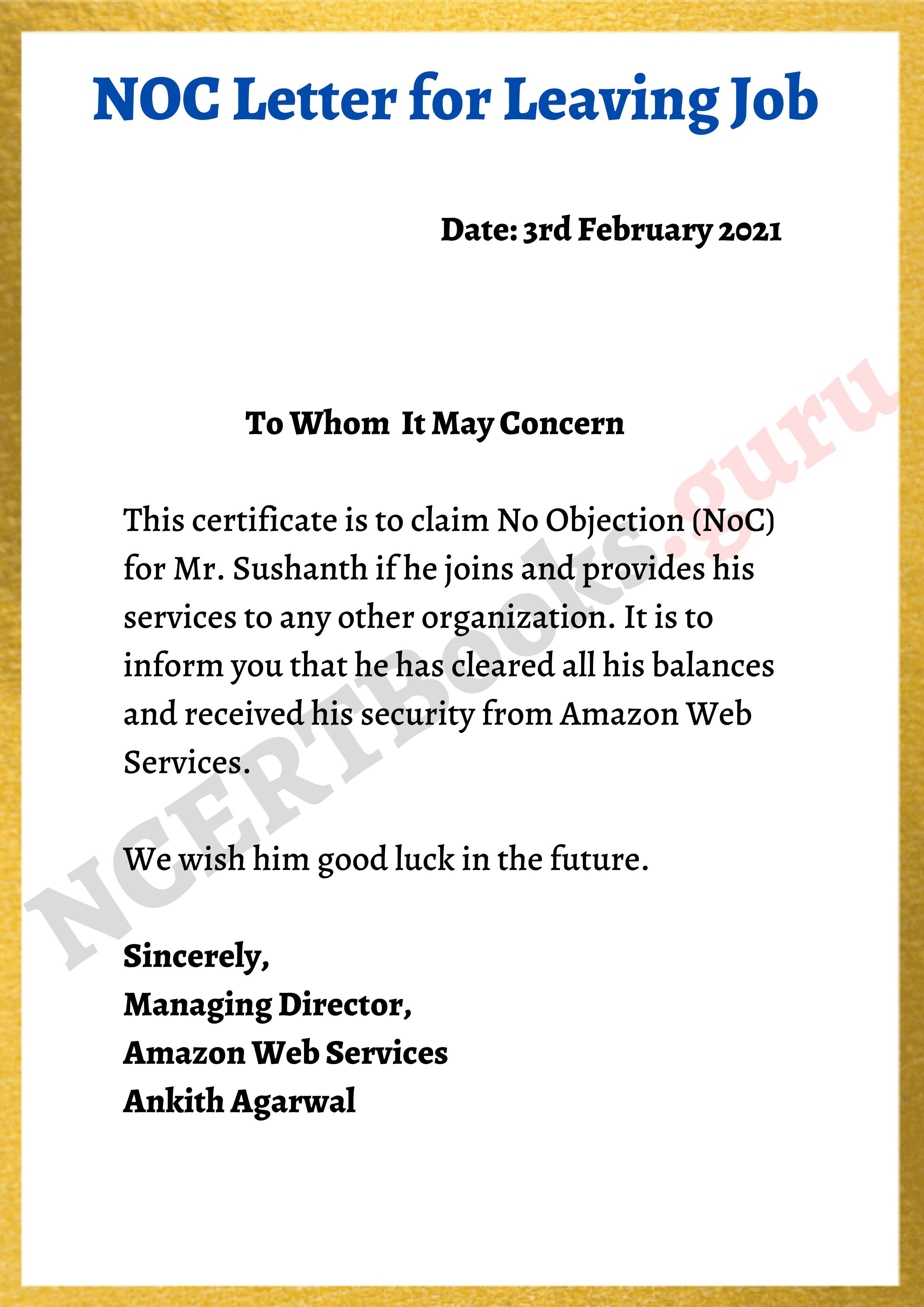
How to write a No Objection Letter?
Go through the below-listed guidelines on how to draft a No Objection Letter. They are along the lines
- Address your letter to the concerned authority or individual. If you know the person whom you are writing include your full name on the salutation line.
- Identify the subject of your letter and in the first para, you should include about whom you are writing the letter.
- State the actions for which you have no objection. Based on what the individual wants you can grant additional permissions what they want.
- Clarify your authority and relationship to the person.
- Proofread your letter and date your letter on the day you sign it.
FAQs on No Objection Letter
1. What is a letter of no objection?
No objection letter is a document required to get a Visa from a company, school, or college that permits you to leave the country and return back within the specified time period.
2. What is the Format of No Objection Certificate?
Format of NOC is given as under
- Date of writing the letter
- Address
- Name of employee/student
- Name of supervisor/academic adviser
- Address and contact information of supervisor/academic adviser
- A paragraph stating that the company or university has no objections to the travel.
3. Where do I find No Objection Letter Format & Samples for free?
You can find No Objection Letter Samples for free on our page.
